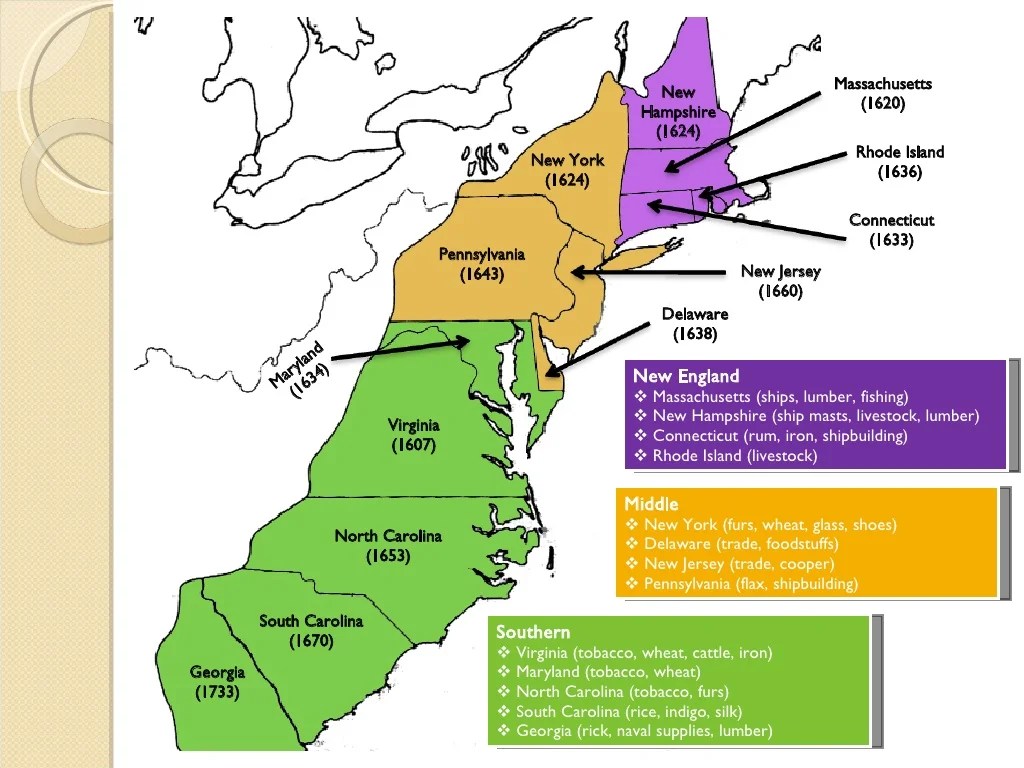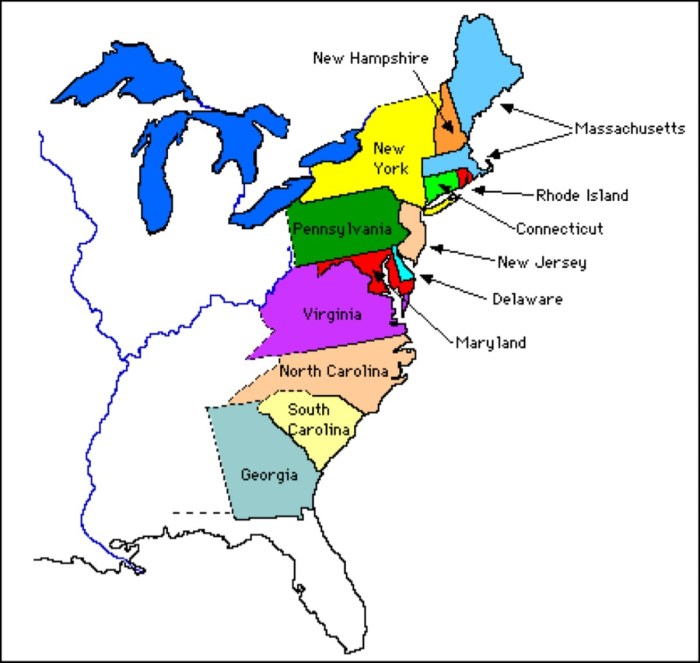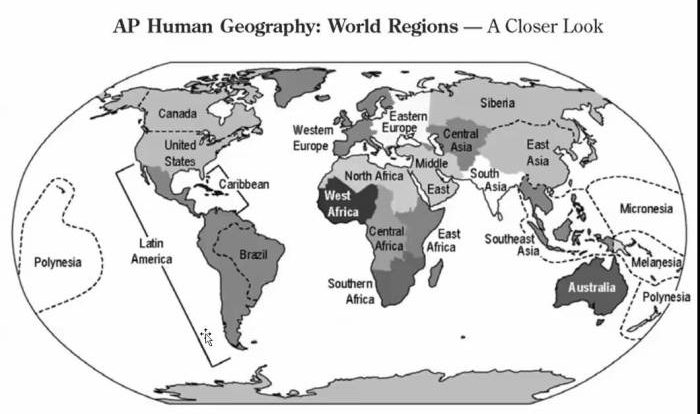Color coded map of the 13 colonies – Unveiling the Color-Coded Map of the 13 Colonies: A journey through the historical significance, color-coding system, geographic distribution, territorial boundaries, political alliances and conflicts, and economic and cultural influences that shaped the development of colonial America. This exploration unravels the complexities of the 13 colonies, providing a vivid and comprehensive understanding of their boundaries, relationships, and impact on American history.
The color-coded map serves as a visual guide, allowing us to delve into the intricate tapestry of colonial America. Each colony is meticulously assigned a distinct hue, creating a vibrant and informative representation of their geographic distribution and territorial claims.
This map transcends mere cartography, becoming a historical narrative that speaks volumes about the political dynamics, economic disparities, and cultural diversity that characterized this pivotal era.
Historical Significance

Color-coded maps played a crucial role in understanding the development and boundaries of the 13 colonies. They provided a visual representation of the geographic distribution and territorial claims of each colony, helping historians and researchers visualize the complex political and economic landscape of colonial America.
The use of color-coded maps in colonial America dates back to the early 17th century. As the colonies expanded and territorial disputes arose, cartographers began using colors to differentiate between the different colonies on maps.
Color-Coding System
The color-coding system used in the map was based on a combination of geographic location, political alliances, and economic factors. Each colony was assigned a specific color, which remained consistent throughout the map.
- New England Colonies(Massachusetts, Rhode Island, Connecticut, New Hampshire): Blue
- Middle Colonies(New York, New Jersey, Pennsylvania, Delaware): Green
- Southern Colonies(Maryland, Virginia, North Carolina, South Carolina, Georgia): Red
The choice of colors was not arbitrary. Blue was often used to represent the cold, northern climate of the New England colonies. Green symbolized the fertile farmlands of the Middle colonies. Red represented the warmer climate and agricultural economy of the Southern colonies.
Geographic Distribution, Color coded map of the 13 colonies
The map clearly shows the geographic distribution of the 13 colonies along the Atlantic coast. The New England colonies were located in the northeast, followed by the Middle colonies in the mid-Atlantic region, and the Southern colonies in the southeast.
The distribution of the colonies was influenced by a number of factors, including climate, topography, and natural resources. The New England colonies were known for their rocky coastline and cold winters, while the Middle colonies had a more temperate climate and fertile soil.
The Southern colonies were characterized by their warm climate and abundant agricultural resources.
Territorial Boundaries
The color-coding on the map helps visualize the territorial boundaries of each colony. The boundaries were often defined by natural features, such as rivers, mountains, and coastlines. However, there were also some areas of overlapping claims, which led to disputes and conflicts between the colonies.
One of the most significant territorial disputes was the boundary between Maryland and Pennsylvania. The two colonies had conflicting claims to a large tract of land in the Susquehanna River Valley. The dispute was eventually resolved in 1760, when the British government established the Mason-Dixon Line as the official boundary between the two colonies.
Political Alliances and Conflicts
The color-coding on the map can also shed light on the political alliances and conflicts among the colonies. For example, the New England colonies were often allied with each other against the British government. The Middle colonies were more divided, with some colonies siding with the British and others with the New England colonies.
The Southern colonies were generally more loyal to the British government than the other colonies. However, there were also some pockets of resistance to British rule in the South. For example, the Regulator movement in North Carolina was a protest against British policies and corruption.
Economic and Cultural Influences
The color-coding on the map can also provide insights into the economic and cultural diversity of the 13 colonies. For example, the New England colonies were known for their shipbuilding and fishing industries. The Middle colonies were a center of agriculture and commerce.
The Southern colonies were known for their plantations and slave-based economy.
The different economic and cultural influences in the colonies led to a variety of social and political tensions. For example, the New England colonies were more Puritanical and conservative than the other colonies. The Middle colonies were more tolerant of religious and ethnic diversity.
The Southern colonies were more aristocratic and hierarchical.
Question & Answer Hub: Color Coded Map Of The 13 Colonies
What is the significance of color-coded maps in understanding colonial America?
Color-coded maps provide a visual representation of the geographic distribution, territorial boundaries, political alliances, and economic and cultural influences that shaped the development of the 13 colonies.
How does the color-coding system help identify the different colonies?
Each colony is assigned a specific color, allowing for easy identification and comparison of their geographic locations, territorial claims, and relationships with other colonies.
What factors influenced the geographic distribution of the 13 colonies?
The geographic distribution of the 13 colonies was influenced by a combination of factors, including natural resources, access to waterways, and strategic military considerations.



